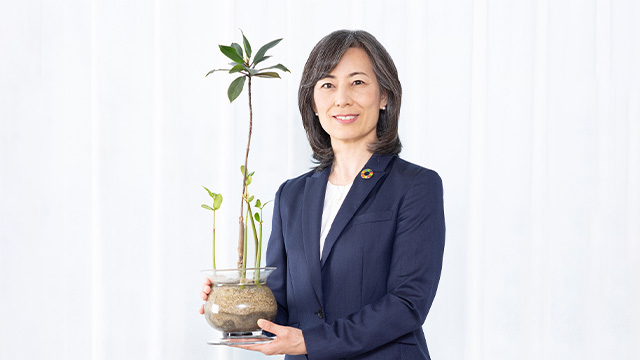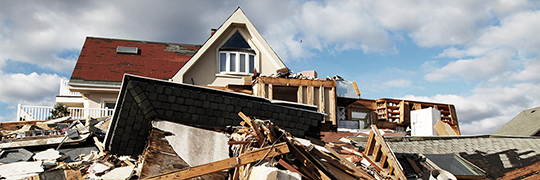Sustainability
By continually addressing globally increasing societal challenges through our business, aim for full-fledged sustainability management to realize a sustainable society in which people can live safely and with a sense of security while taking on bold challenges and achieve growth.
OUR COMMITMENTS
Group CSUO Message
Sustainability Results and Evaluations
Selected Consecutive Years from S&P Global*1
MSCI Assessment*1
CDP Assessment*1
yen
Expenditure for Corporate citizenship activities*2
(Tokio Marine Holdings and major subsidiaries)
Consecutive Years of Carbon Neutral Status*2
Reduction in GHG Emissions*2
(vs FY2015)
-
*1as of the end of August 2025
-
*2FY2024
Tokio Marine Group Value Creation Approach
With our purpose at our foundation, we will build on our human, intellectual, and social capital to create products and solutions that address the social issues of each era and deliver sustainable growth for the next 100 years and beyond.

Eight Material Issues (Materialities)
Tokio Marine Group is committed to sustainability management globally, focusing on eight material issues.
Participation in Initiatives
Tokio Marine Group participates in various international initiatives, taking part in surveys, research, and making recommendations to contribute to the realization of a sustainable society.

ESG Initiatives
Tokio Marine Group will provide safety and security and contribute to the advancement of society by leveraging the knowledge it has gained through its experience in the insurance industry to deliver unique products and solutions.








